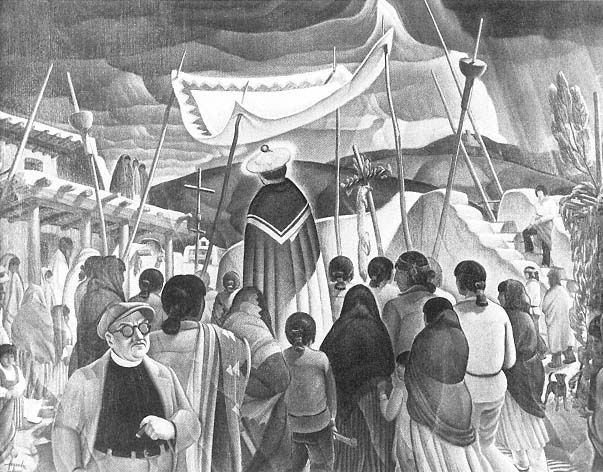
As everyone has noticed, the average weight of human beings is creeping up and up and up, as airline seats become smaller and smaller. America is not even in the lead. Mexico and Central Europe are putting in the avoir-du-pois faster than we are. Even worse – obesity may be contagious!
What gives?
Even more alarming, domestic and wild animals and lab rats are getting fatter. Simple gluttony and indulgence in sweets and fats may explain human gains, but what about animals, including those who do not share food with humans?
No one knows. Changes in gut bacteria are the prime suspect. These could be cause by a number of things. One possibility is the overuse of antibiotics, which as everyone who had had to take them knows, have a highly deleterious effect on our intestinal flora. Perhaps the antibiotics have gotten into the war supply, as giardia did from campers pooping in the woods.
Another possibility is that children raised on junk food have changes in the gut bacteria and metabolism that make them crave more junk food. The changed bacteria can be transferred within families and may also get into the ecosystem where they affect pets and wild animals and even lab animals (although the last are hard to explain).
If the gut bacteria of thin people differ from that of fat people, one treatment for obesity might be- yuk – stool transplants. Or a change in diet to more healthy foods might also lead to a change in gut bacteria – but as anyone who has tried to change his diet knows, it is not easy. Even educated people, even medical professionals who know what overweight is doing to their hearts, find it hard to change.
Adults should know better, but I truly saddened by obese children. They are at great risk for diabetes, and they miss out on the only time of life when almost everyone is energetic and resilient. Even if – and this is highly unlikely – they change their habits when they become adults, they still have missed out on childhood’s activities. Even if they can do it, most forty year olds don’t enjoy skipping rope or climbing trees.












